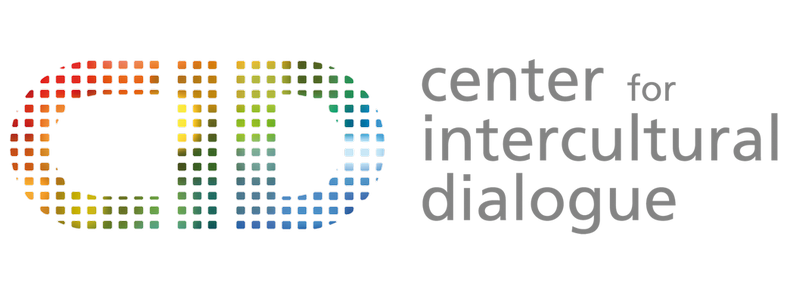We are happy to welcome you to the April 2012 edition of our newsmail.
We wish to start our April edition with news from Stefan Manevski who represented CID’s work on YOUTH 21 Building for Change conference. Conference took place 15th-18th March 2012 in Nairobi, Kenya.
The Youth 21 offered space for partnership with UN Agencies; youth organizations, public institutions, universities and private sector to promote youth leadership and participation mainly with the UN system but also focused on bringing the mechanisms back to the grassroots. The forum can be generally seen as two of the major spaces for discussion where through various sessions the participants explored the perspectives and proposals from young people on post-2015 development landscape and the RIO+20 agenda.
The goal was to create a statement for the Secretary-General on the initiative to state a youth advisor, for the first time as an organ in the architecture of the decision makers in the United Nations. This is a process undertaken more than 50 years ago and it is now starting to become a reality. The importance of the function is vast. If it succeeds to represent youth globally, it could have strong relevance in building the world architecture on the benefit of all. It is because, as emphasized in Nairobi, youth has the strongest force in creating a world that supports youth to clearing the imperfections of the world.
The meeting was divided in two components: the first part was organised by UN-Habitat (with interesting speakers and working groups), and the second part by UNDP (with more specific and smaller high quality focus sessions).
The result of the meeting was a draft version of the Nairobi statement serving as a recommendation to Secretary-General when deciding on special youth adviser. The document is important, as pointed out by Geraldine Fraser Moleketi, UNDP Democratic Governance Practice Director; it serves as a base for further work but also represents a result of the conference to emphasize the will of youth to get globally engaged in the architecture of the United Nations. This represents a good way to be more actively engaged but to respect the local community demands.
Follow us and enjoy reading!
Center for Intercultural Dialogue
News
- New season in our MultiКулти Youth Center
- Journalism workshop dedicated to high school students
- European Week against Racism in Kumanovo
- World cleanup 2012 in Macedonia – Kumanovo and CID are on board
Life Story
CID Abroad
- Summer work camp season 2012 has started
- Youth volunteer for social inclusion
- Volunteer centers – active youth in communities
- International Creative Engagement – using city as an action tool
Out from CID’s BOX

